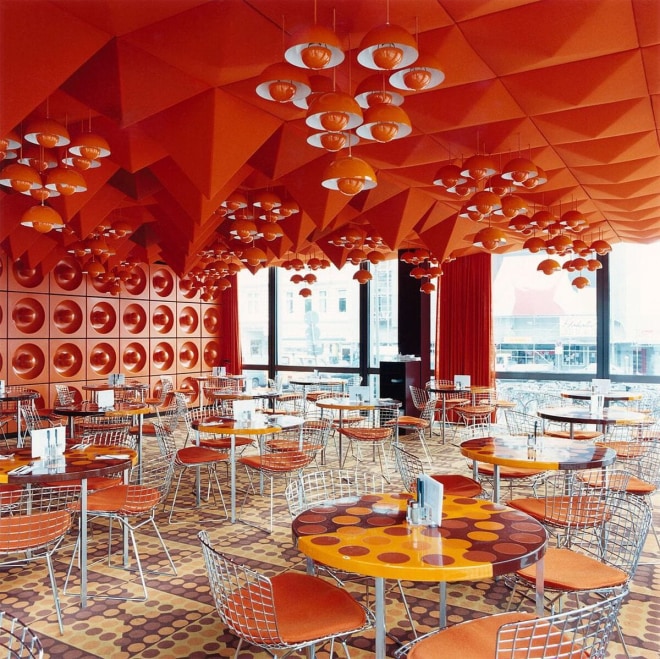
Cooking shows on all TV channels, best-selling cookbooks, gourmet festivals and street food markets, countless food photos on social media and a growing awareness of healthy and sustainable nutrition - food plays an increasingly important role in our society and shapes many areas of our everyday lives. Today, food is no longer just a basic need, but a cultural phenomenon and political statement.
This social development is the starting point for the exhibition Delicacies. Between Art and Cuisine. The current debate on the border area between art and cuisine is presented using 23 artistic positions. A wide variety of aspects are presented: starting from the level of aesthetic reflection through that of sensory experience to the field of political problems.
Representations of food go back a long way. They were already very popular in ancient times, as evidenced by numerous surviving wall paintings in Egyptian tombs and Roman villas. They reached their peak in the still lifes of 17th century Dutch painting. Juicy fruits, plump vegetables and sumptuous dishes prepared for consumption were not only a feast for the eyes, but also symbolized, in a metaphorical sense, physicality and life, transience and death.
It was not until the beginning of the 20th century that real food was used in the visual arts. It was the Italian Futurists who came up with the idea of using food as an artistic material in the 1930s and declaring the preparation of food to be an art act. In the 1960s, artists such as Daniel Spoerri, Piero Manzoni, Dieter Roth, Joseph Beuys and Gordon Matta-Clark independently explored the cultural significance of eating and cooking, the basic principles of nutrition and eating as an existential act.
The artistic approach to food is linked to an elementary interface between art and life: the reality of daily life is integrated into the art, a substantive connection to the fundamental things of everyday life is established. In connection with food, fundamental existential questions often arise more urgently than with other topics. This topic therefore remains highly relevant for contemporary artists.